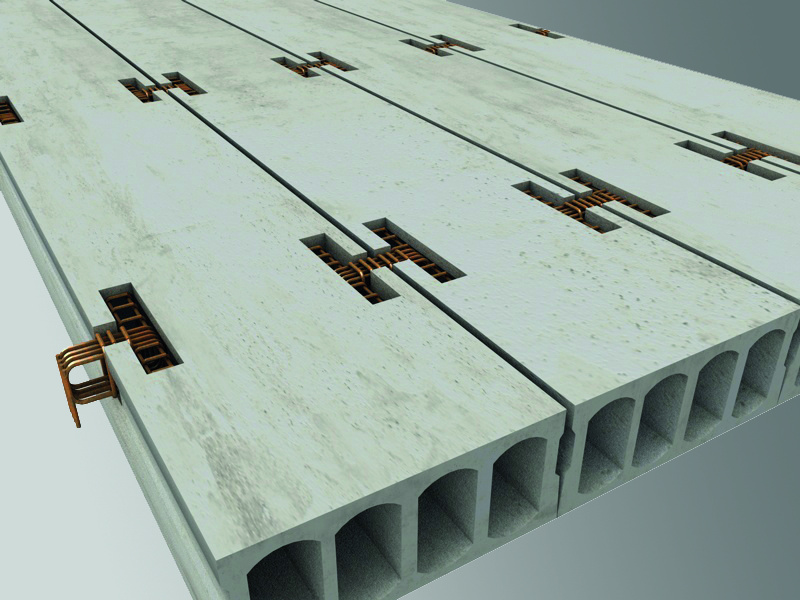Advantages And Disadvantages Of Hollow Core Slab

The hollow-core slab is quite popular in civil engineering projects and for good reasons too. The hollow-core slab is used as floor and wall constructs in different buildings across the world. It is also called hollow core plank, concrete plank, or quite simply, slab.
A typical hollow core slab measures 120 cm by 15~50 cm and is made majorly from concrete with embedded wood or rubber hollows.
Advantages of hollow core slab
The advantages of hollow core slab are:
- They improve the weight-strength ratio. This is because they weigh around 54% less than other types of precast slabs, and yet, they offer the same strength level.
- Great sound insulation due to the type of material and construction.
- Great quality control.
- Allows fast construction and erection of buildings.
- Removes the need to add slabs for plumbing or electrical works.
- Minimizes building and transportation costs, as civil engineering companies can attest to.
- Confers fire resistance property on the building due to its inflammable material constituents.
- Allows the entire building to be precast –the walls, beam, and floors.
- Usually of high-quality because of industrial standards.
- The size is flexible. It can be customized to fit different types of buildings.
- Hollow core slabs transfer the stress of the load in a single direction.
Disadvantages of hollow core slab
The most common disadvantages of hollow core slabs are:
- Hollow core slabs require more care when being transported. If not well protected, damage can occur.
- Because they are precast, they are difficult to strengthen or repair when damage occurs.
- Challenges with making connections between the precast parts may occur when hollow core slabs are used.
- The design is not suitable for smaller buildings and may not be applied for two-way structures because of the limited panel size.
- The parts of hollow core slabs are very heavy and require special machinery (cranes) to lift and move them around without damage.
- The joints between the panels are expensive.
- Installation of the panels requires special skills and knowledge; it cannot be done by just anyone.
Civil engineering companies realize just how important hollow core slabs can be in buildings. The use of these slabs offers tremendous advantages that improve not just the aesthetics of the building but also its structural value.











